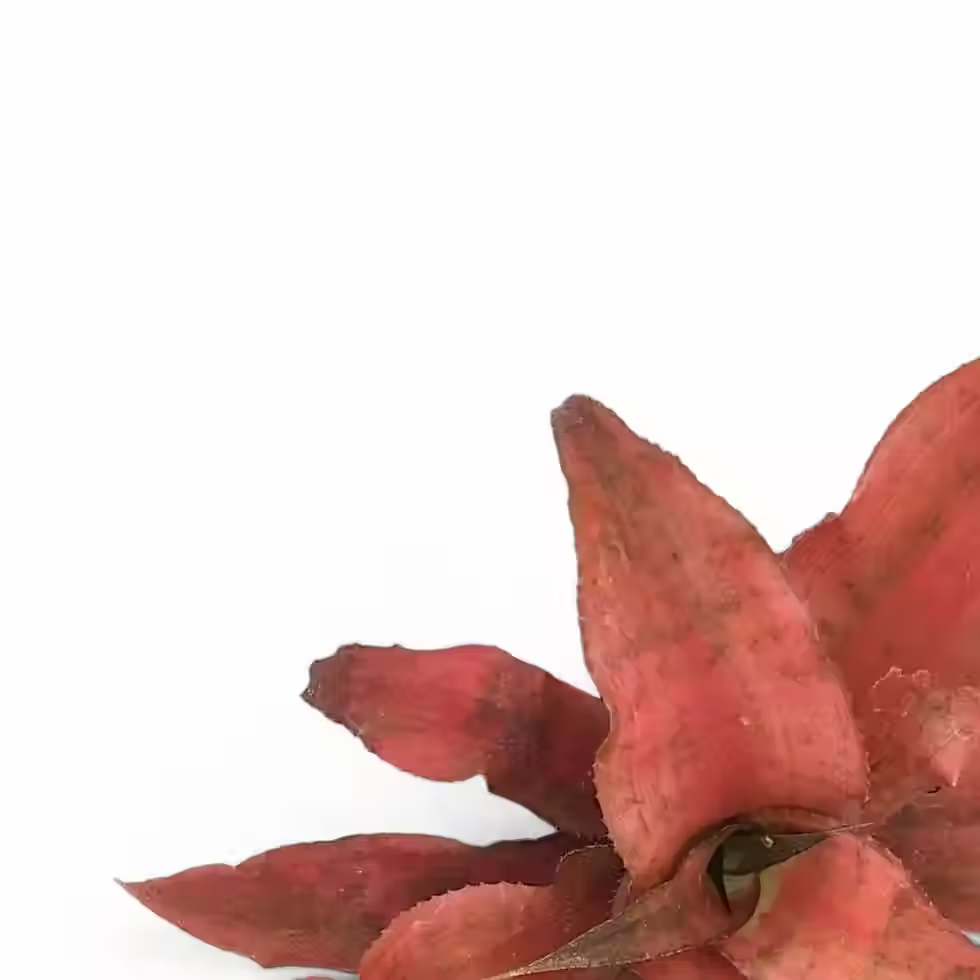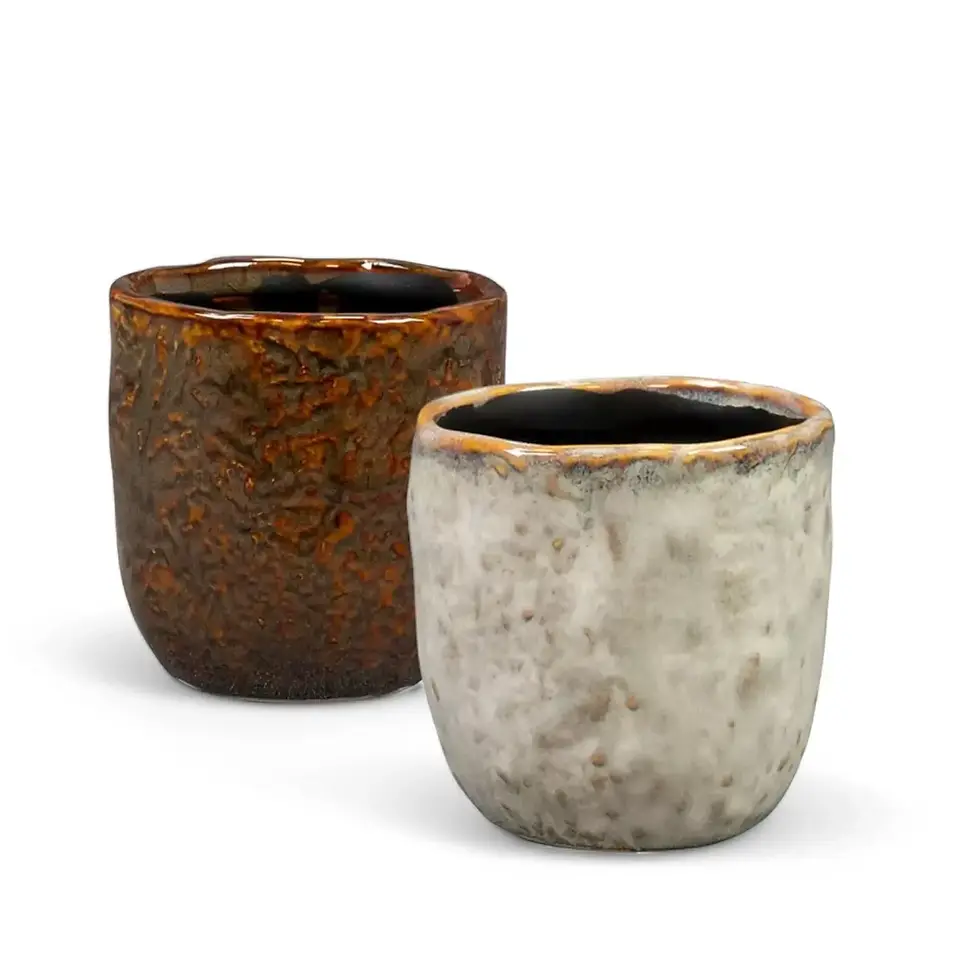Philodendron bipennifolium 'Golden Violin' – Information and Plant Care
Exotic Climber with Vibrant Foliage
Philodendron bipennifolium 'Golden Violin', also known as 'Fiddle-leaf' or 'Horsehead Philodendron,' is a captivating climbing plant that brings an exotic, tropical vibe to any indoor space. Originating from tropical regions, this hemiepiphytic plant can start as a ground grower and later climb trees in its natural habitat. Its most striking feature is its
Philodendron bipennifolium 'Golden violin'
Philodendron bipennifolium 'Golden violin' comes in following sizes:
M – is approximately 35 cm tall and comes in a ⌀ 12 cm pot
L – is approximately 50 cm tall and comes in a ⌀ 14 cm pot

























































